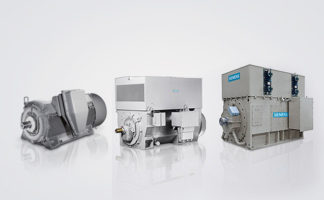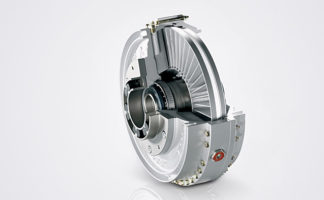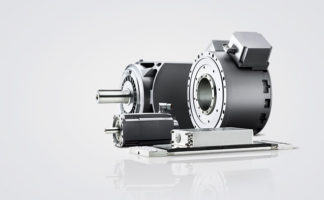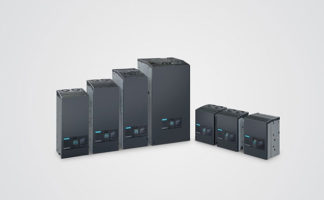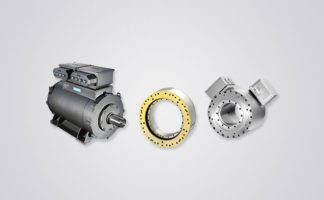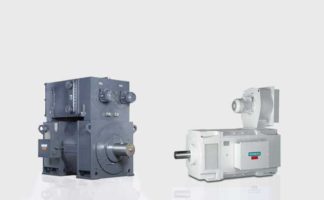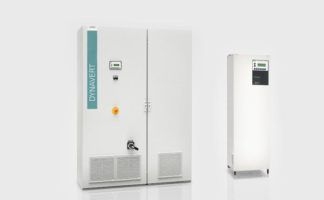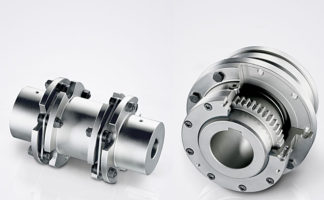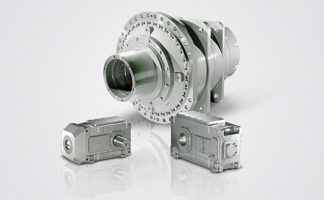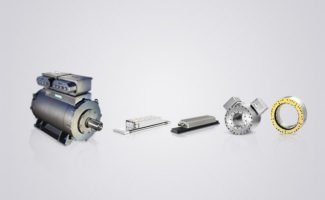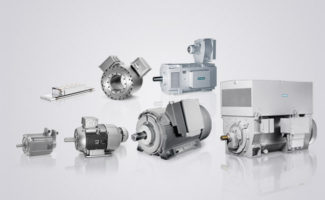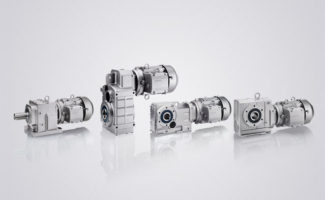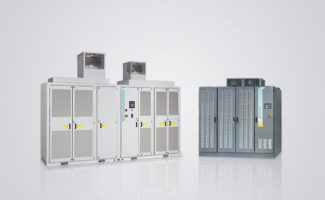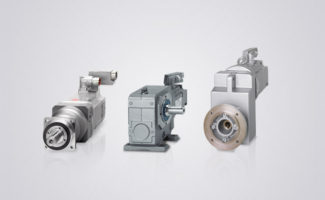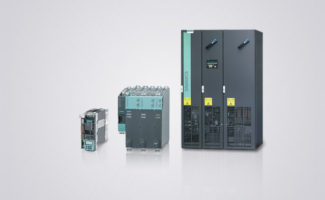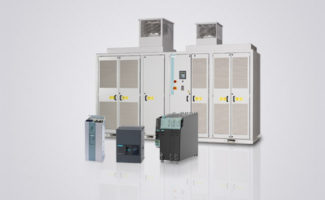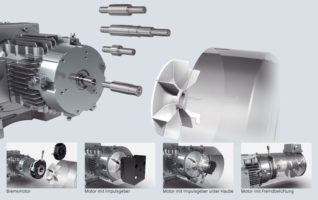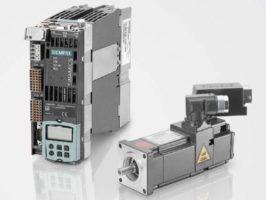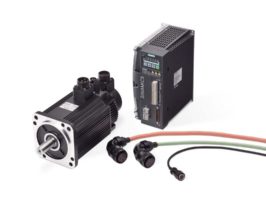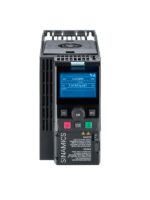
2/5
Siemens D 83.1 · 2016
2
Motors with Explosion Protection
Orientation
■
Overview
(continued)
Overview of standards for explosion protection
The explosion-proof three-phase motors comply with the
European standards. The European standards are recognized by
all member states of CENELEC (European Committee for
Electrotechnical Standardization). The national electrotechnical
committees of Austria, Belgium, Czech Republic, Denmark,
Finland, France, Germany, Greece, Iceland, Ireland, Italy,
Luxembourg, Netherlands, Norway, Spain, Sweden, Switzerland,
Portugal, and United Kingdom (UK) are affiliated to CENELEC.
Explosion Protection Directive 2014/34/EU
Explosion protection has been fully harmonized by directive
2014/34/EU in Germany and in the other member states of the
European Union. The requirements of the new law came into
force on July 1, 2003 and since then only those devices and
protection systems that comply with directive 2014/34/EU are
permitted to be marketed.
Directive 2014/34/EU and directive 1999/92/EC specify that only
specific electrical equipment and devices are permitted to be
used in the zones. The devices are assigned to device groups
and categories.
Certifications
The motors in this catalog are certified by the certification
authority DEKRA "Exam". In a few exceptional cases, there is
certification from the German Federal Testing Laboratory (PTB).
EU type-examination certificates from the German Federal
Testing Laboratory for explosion-proof electrical equipment in
accordance with EN standards are valid in all EU member
states.
Any deviations from the certified electrical and mechanical
design specified in this catalog may require a supplement to be
issued, or re-certification.
Use of electrical equipment in accordance with EN 60079-14
Electrical equipment used in potentially explosive workshops and
storage areas must comply with EN 60079-14/ VDE 0165-1
"Explosive atmospheres - Part 14: Electrical installations design,
selection and erection". All other general regulations issued by the
responsible supervisory authorities and the Employer's Liability
Insurance Association or any specifically issued for individual
case are also applicable.
A plant subject to inspection is not permitted to be commissioned
initially or following a significant modification until the plant has
been inspected by an approved testing agency for correctness of
assembly, installation, site conditions and safe operation taking
into account the intended mode of operation. Devices compliant
with directive 94/9/EC are permitted to be commissioned in
accordance with the responsible supervisory authority.
(cf. German Health and Safety at Work Regulations (BetrSichV),
section 3, § 14)
Device marking
The device group and category are specified in the device
marking.
The device marking is specified as follows:
e.g.
II 2G Ex d IIC T4 Gb
•
CE conformity mark, CE stands for "Communauté
Européenne" (French for "European Community")
The manufacturer declares by means of CE marking that the
relevant product has been manufactured in accordance with all
applicable regulations and requirements of directive 94/9/EC
和产品一直受到the relevant conformity
evaluation process.
-0102
Identification number for the supervisory authority
in the case of 1PS and 1MD5 motors, this is the
German Federal Testing Laboratory (PTB)
•
Marking for prevention of explosions in accordance with
directive 2014/34/EU
Additional information on the subject of explosion protection, types of protection and zones is provided in the Siemens brochure
"
Explosion Protection"
.
Equipment
European standard
General provisions
EN 60079-0
Explosion-proof enclosures
EN 60079-1
Increased safety
EN 60079-7
Classification of areas (gases, vapors and mist)
EN 60079-10-1
Classification of areas (dust)
EN 60079-10-2
本质安全
EN 60079-11
Electrical equipment in potentially explosive
atmospheres (gases, vapors, mist)
EN 60079-14
Type of protection "n" (Zone 2)
EN 60079-15
Maintenance of Ex equipment
EN 60079-17
Intrinsically safe electrical systems
EN 60079-25
Equipment "Dust"
(dust explosion protection by enclosure)
EN 60079-31
Equipment "Dust"
EN 50281-2-1
Equipment "Dust"
EN 61241-2-2
Basic concepts and methodology
EN 1127-1
Example "Non-sparking":
CE 0102
II
3
G
Ex
nA
IIC
T3
Gc
CE marking
Number of the certifying "notified" body (0102 = German Federal Testing Laboratory certification)
Explosion protection marking
Device group:
I
= Underground
II
=
All other areas
Category:
2
(Zone 1/21)
3
(Zone 2/22)
Ex atmosphere
G
= Gas
D
= Dust
Explosion-proof equipment – Explosion protection (protection method) in accordance with European standards
Type of protection
nA
,
d
,
de
,
e
,
tb
or
tc
(de = Motor enclosure Ex d with terminal box Ex e) – see types of protection
Explosion group and explosion subgroup
II
=
Gas (IIA, IIB or IIC)
III
=
Dust (IIIA, IIIB or IIIC)
See table "Examples of the assignment of combustible gases and vapors"
Temperature class with max. surface temperature
T1
= 450 °C
T4
= 135 °C
(see section below)
T2
= 300 °C
T5
= 100 °C
"Temperature classes and groups"
T3
= 200 °C
T6
= 85 °C
Equipment Protection Level:
G
= Gas
D
= Dust
Ga
= Very high protection,
Da
= Very high protection,
Gb
= High protection,
Db
= High protection,
Gc
= increased protection,
Dc
= increased protection
© Siemens AG 2016




